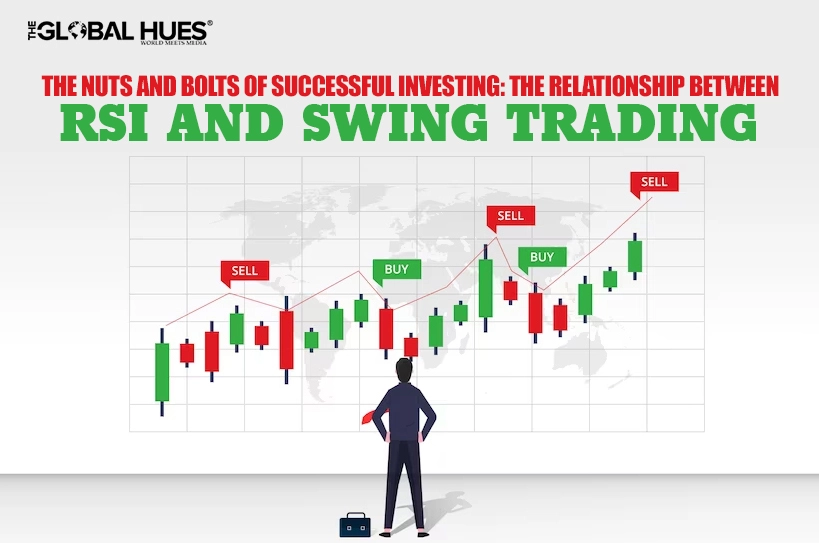The term “strike while the iron is hot” is perfectly applicable when discussing any type of targeted trading strategy. Whether referring to a short-term Forex trade, or a long-term commodities position, it is always ideal to capitalise upon price movements.
To be perfectly clear, the somewhat romantic notions of “intuition” and “gut feelings” have little to do with the majority of success stories. Investors will instead need to take advantage of proven utilities and tools when the time is right. We will be analysing two critical concepts, and how each can be applied to an existing investment portfolio.
The Relative Strength Index
This first concept can trace its roots back to 1978 when it was first introduced by an investor named J. Welles Wilder Jr. Often known simply as RSI within trading circles, the relative strength index of any asset can provide an invaluable edge.
The intention of an RSI indicator is to highlight the rapidity and magnitude of recent price movements. These can then be employed to determine if a position has been overbought or oversold. The relative strength index of any asset is based on a scale from 0 to 100. Here is a quick breakdown of the significance:
- Values at or above 70 signify that an asset has been overbought.
- Values below 30 hint at an oversold position.
How can these then be applied to an average investment position? If a certain asset has been overbought, the chances are high that a re-correction (a fall in its price) is soon to follow. On the contrary, an oversold position hints that a more bullish run is in order as investors clamour to become involves while the asset is still undervalued. As the reader might have already guessed, the rules of supply and demand govern both overbought and oversold positions.
Swing Trading
Another approach that investors will often employ within their existing strategies is known as swing trading. The action of swing trading stocks involves taking advantage of short- to medium-term price shifts that might take place over a single day, or a handful of weeks. Note that swing trading is not normally associated with day trading.
The ultimate intention here is to limit one’s exposure to risk by opting for short-term positions while simultaneously employing additional techniques such as setting stop-loss thresholds. Swing trading is frequently involved with share prices that may change once the markets have closed, or over the weekend. Simply stated, the hope here is that the price moves in the predicted direction within a predetermined investment window.
How are These Two Related?
Astute traders may already see a tentative relationship between swing trading and the relative strength index. How can one be used to compliment the other? As we have witnessed earlier, one goal of the relative strength index is to accurately identify overbought or oversold positions. Let’s use an example to cement these concepts.
Imagine for a moment that a cryptocurrency investor has been using RSI calculations to monitor the momentum of Bitcoin. He or she notes that its RSI value has jumped to 75. This suggests that Bitcoin has been overbought, and that a correction is in order. In such a scenario, it may be wise to liquidate the current position.
One interesting feature of RSI analyses is that the thresholds themselves can be adjusted in accordance with the volatility of a specific position or asset class. For example, institutional traders may increase overbought and oversold levels to 80 and 20 respectively. This provides a greater degree of latitude in the event that more drastic swings occur.
Benefits and Drawbacks to Consider
There is little doubt that RSI analyses are powerful strategies to consider. Still, we need to remember that, even when applied to swing trading, risks can still present themselves. The main issue here is that there is no guarantee that a correction or reversal may occur; even if the RSI values indicate otherwise. Secondly, the relatively short-term nature of swing trading is always associated with an increased level of risk.
While these drawbacks need to be mentioned, the fact of the matter is that both RSI analyses and swing trading can represent valuable tools within any investment circle. Those who wish to learn more are encouraged to perform additional online research, or to contact a well-known institutional investment firm.
*The information in this article does not necessarily reflect the views of The Global Hues. We make no representation or warranty of any kind, express or implied, regarding the accuracy, adequacy, validity, reliability, availability or completeness of any information in this article.*



